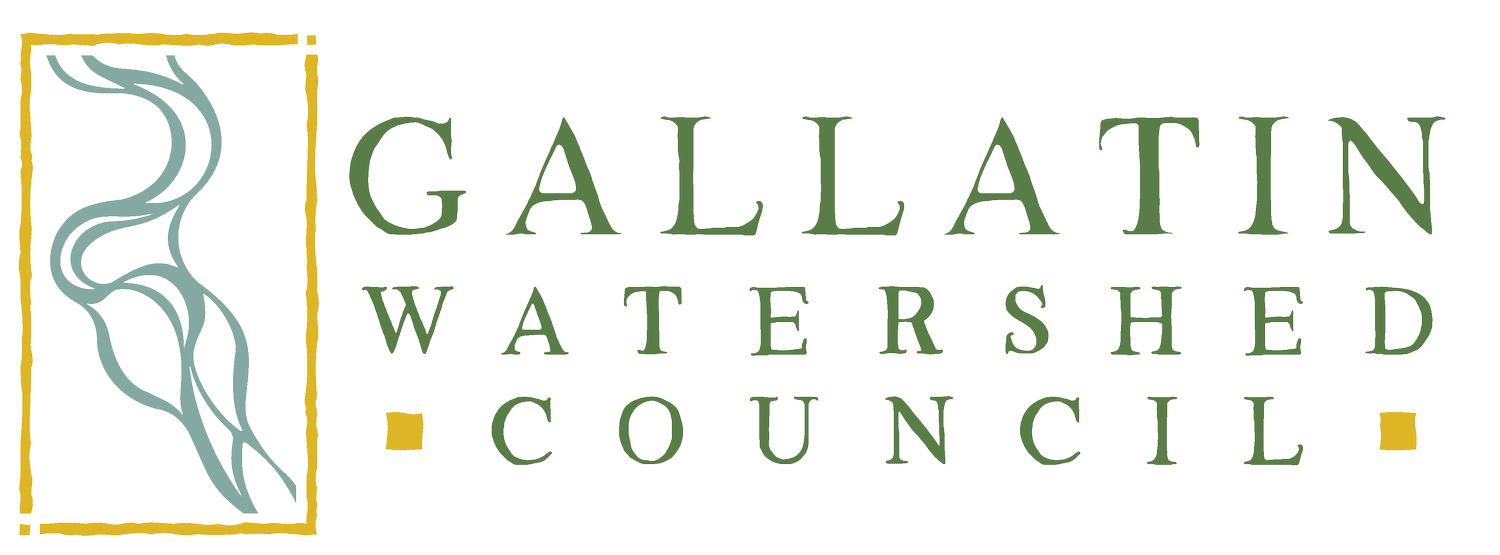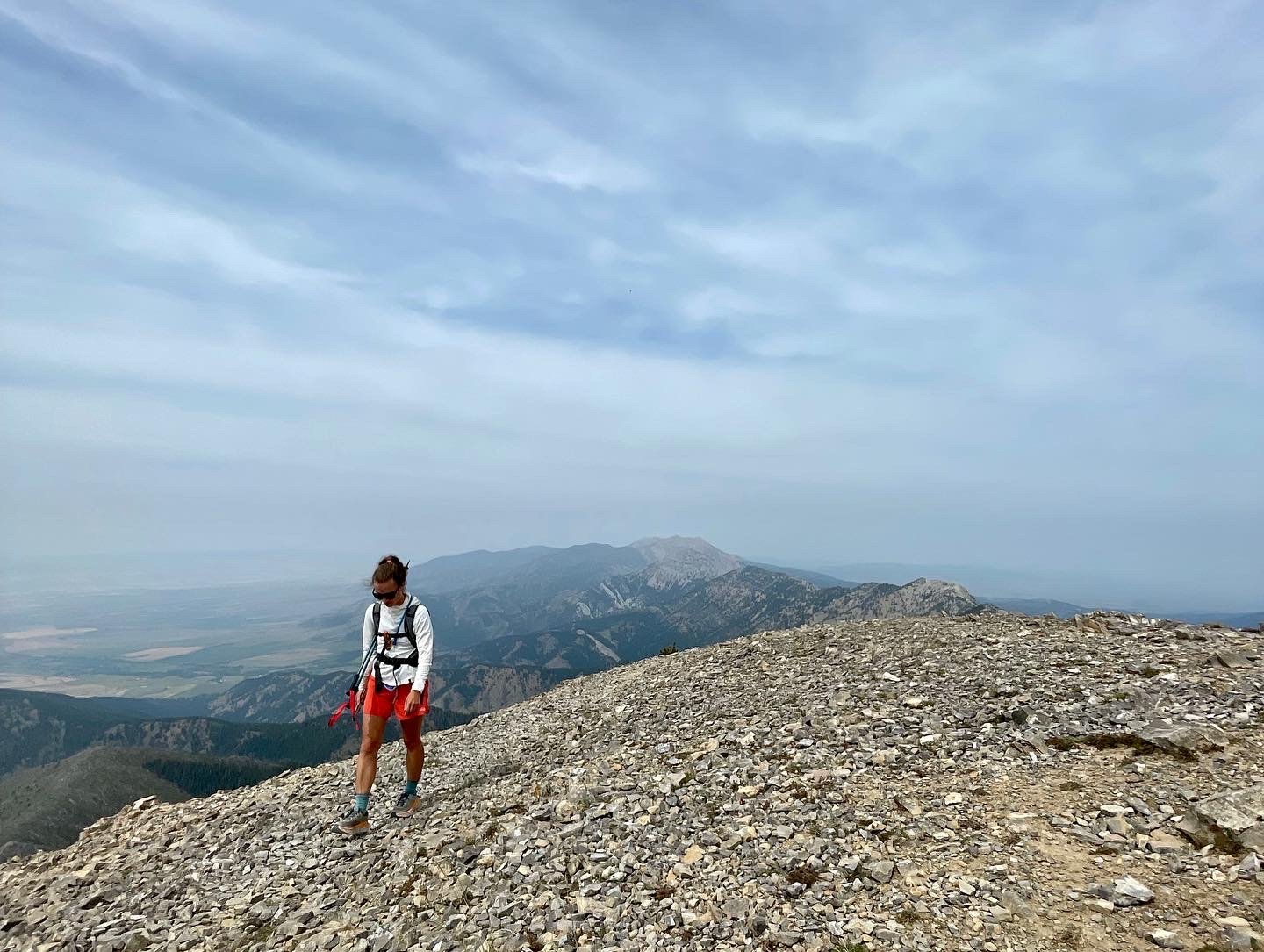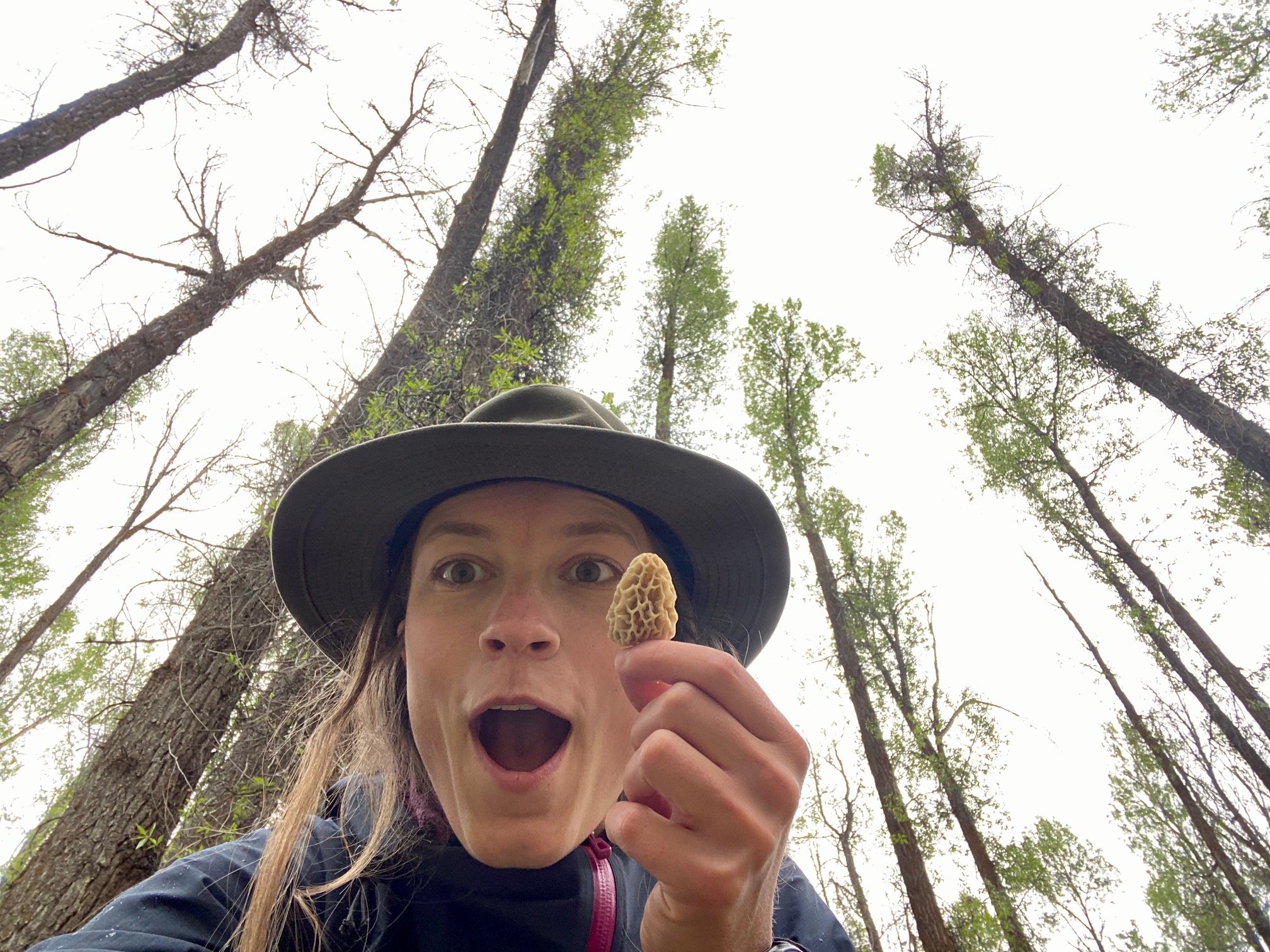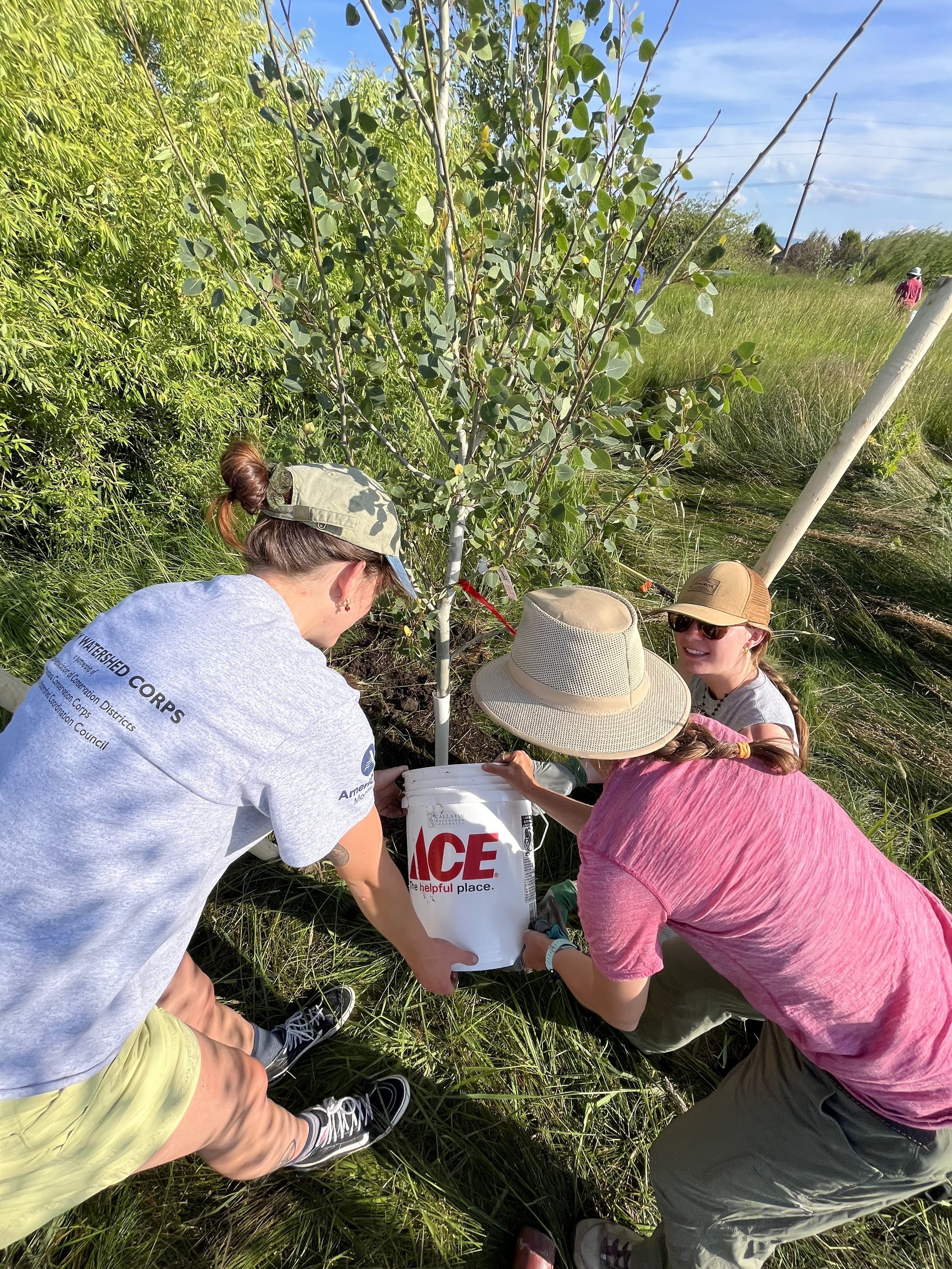Watershed Profile: London Bernier
New year, familiar face! January’s Watershed Profile features long-time volunteer London Bernier. She plants trees and participates in watershed cleanups with enthusiasm and a love for our rivers and streams. London also volunteers for Sacajawea Audubon Society and collects groundwater data at the Indreland Audubon Wetland Preserve. London is passionate about serving the Gallatin Watershed and beyond and achieves this through volunteering and her career. Thank you for being invested in the natural resources and community of the Gallatin Valley, London. If you see her at a GWC event, introduce yourself! She is a friendly person great at making conversation.
Read the following Q&A and learn about the adventurous and dedicated London Bernier.
Q&A:
1. What is your favorite thing to do within the watershed?
For me, not much beats time spent fly fishing the creeks and rivers of the Gallatin Watershed. Beyond actually catching fish, I love fishing because it means exploring gravel bars and riverbanks, wet wading when the waters get warm enough (but not too warm), and seeing all the creatures that live in and around the river. There’s something about losing track of time on the river that undoubtedly leaves me sunburnt, but with a sense of peace.
2. What inspires you most about GWC's mission and how did that lead you to volunteer?
I originally got involved with GWC to get my hands dirty helping with restoration projects, but have stayed for the incredible people I’ve met along the way and the range of volunteer opportunities the organization offers.
3. What volunteer events are you most excited about?
I love planting trees with GWC. There’s something therapeutic and inspiring about digging holes alongside friends, new and old, and seeing a change in the watershed right before your eyes. I also really enjoyed being part of the groundwater monitoring team at the Indreland Audubon Wetland Preserve last summer. On top of contributing to a long-term data collection project, I had the opportunity to watch the wetland transform over the course of the season. From hearing the nearby calls of Sandhill cranes in spring, to watching beavers transform this wild corner of Bozeman throughout summer, and bushwacking through grass a good foot taller than me by early fall, I had a blast monitoring and look forward to it again this year.
4. What's your favorite book or poem?
For fantasy lovers out there, my new favorite book is Fourth Wing by Rebecca Yarros; I have not been that captivated by a book in a long time. On the nonfiction front, I was recently gifted a book called Home Ground: A Guide to the American Landscape edited by Barry Lopez and Debra Gwartney. It’s a collection of stories, definitions, and experiences written by well-known writers about natural features across the American landscape. It’s more of a field guide than a book you’d read cover to cover, but it tells some incredible stories and gets me excited to spend time outside.
5. What do you want the Lower Gallatin Watershed to look like within 5 years?
I want there to be enough water for everyone and everything in our human and natural communities. I want those human and natural communities to be able to coexist. I want people to be able to experience this incredible place as I have. I know change is inevitable, but I hope that change can move us toward being a more diverse, resilient, and sustainable community.
Thank you, London! We’re lucky to have you here in the Lower Gallatin Watershed.
Pictured (left to right): 1. London contemplating her decision to conquer the Bridger Ridge. 2. A wonderful discovery: morrells!




